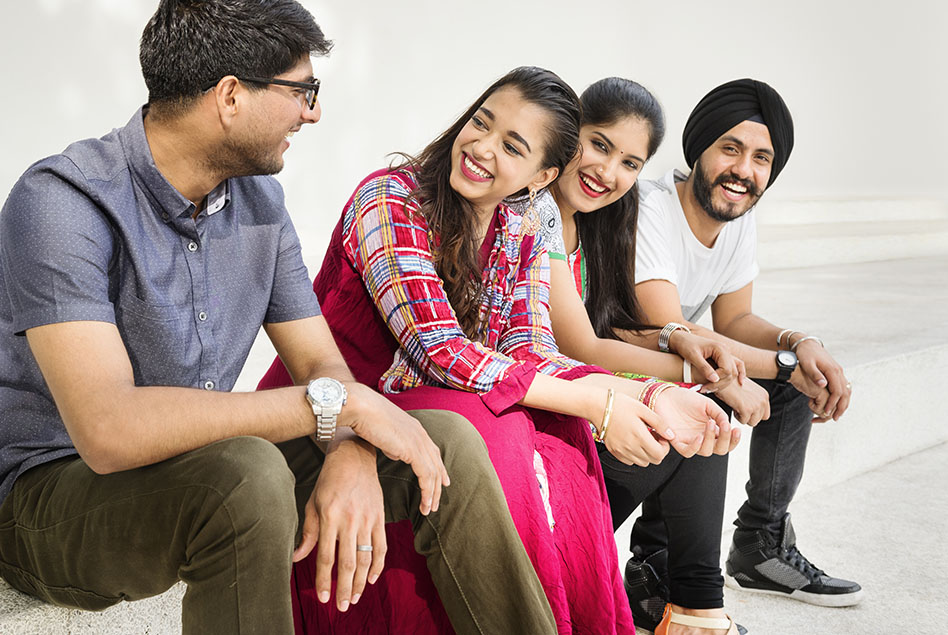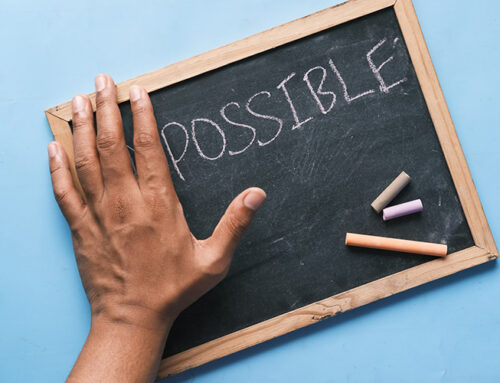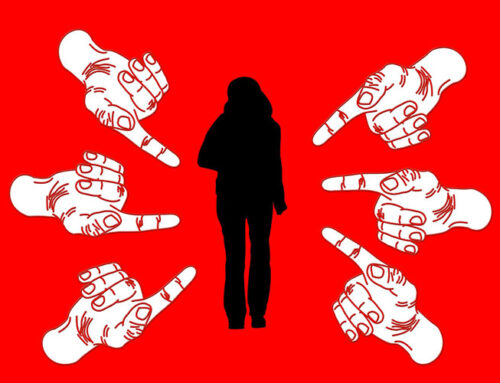In keeping with SAMHIN’s mission of greater dialogue on mental health in the South Asian community in the U.S. and to highlight her Mental Health Project, we invited Ankitha Mallekav to share her experiences in school as a South Asian teen.
Living in the United States as a South Asian teen can feel like constantly switching between two worlds. Often, we forfeit our culture and religion to assimilate into society. Food, clothes, accents, and mannerisms make up our identity but living in a new place can motivate us to change these pieces of our persona.
Why do we try to fit in? Many people do it because they want to feel like part of a group. Some people do it because they do not want to be mocked or attacked. Lastly, some people are ashamed of who they are. These three motives are often combined into one to create someone who holds no trace to their heritage except their skin color.
In school, I have almost always brought Indian food for lunch, I have had friends who wore bindis (a colored dot worn in the middle of the forehead by Hindu or Jain women) to school every day and knew people who wore beautiful traditional Indian outfits to school on their birthday. Choices to proudly display their culture was, not always, but sometimes, met with weird looks and even mocking. Surprisingly, this was not coming from people of other races or cultures but other South Asians.
It was evident that these people who were laughing, rolling their eyes, and mocking were ashamed of their own culture and trying to differentiate themselves. It almost seemed like if they make fun of the other person, it would eliminate their own South Asian background.
When trying to distance ourselves from the South Asian cultural aspects, we miss seeing the rich history and beautiful meanings behind our clothes, foods, and languages. Rather than choosing to embrace our bindis, lehengas, and songs, we try to avoid anything that can seem foreign to a person of a different culture.
South Asian teens trying to hide and distance themselves from the culture can experience confusion, stress, or mental health issues with trying to find their identity. They are on the border between South Asians and Americans. Yes, they can be both. To some people, being both cultures works out. However, others never seem to fit in with either group.
Let this be a reminder to accept, embrace, and be proud of who you are. You cannot control what other people think of you, but you can change your perception of yourself. Do not forget the rich culture and religion that lies within the roots of your heritage.
By Ankitha Mallekav, a South Asian teen who is passionate about spreading mental health awareness in the South Asian community.
To read more about mental health issues with South Asian teens, please check out this beautiful fictional story created by Ankitha Mallekav to spark conversation and destigmatize mental health in the South Asian culture.
Subscribe to SAMHIN’s email list if you would like to be notified when SAMHIN publishes new blog posts.
If you are interested in joining SAMHIN’s mission or have questions about the organization, please contact SAMHIN at info@samhin.org.






